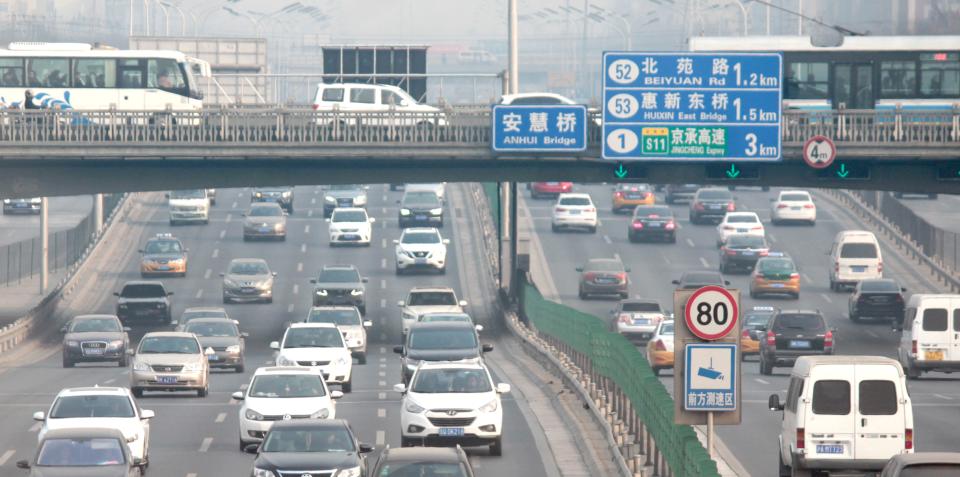Urban transportation management should look into people’s right to transportation, according to an article in Southern Weekly by Su Kui, director of the Division of Passenger Traffic Management of the Guangzhou Transportation Committee.
As a basic need, urban transportation should be among the fundamental rights of a citizen and a right of equality, Su wrote, “And the right to transportation is largely the right to road use.” However, different from public goods like parks, to which people have free and equal access, road use is also determined by many other constraining factors, making it hard to achieve this right of equality, according to Su.
First, the way road transportation is designed may affect certain groups’ right to road use. For example, urban roads without cycle lanes are dangerous for cyclists and in effect strip their right to road use.
Second, different means of transportation have different requirements and strengths. Take cars and buses as an example. While taking up less road space than cars per passenger, buses still compete unfavorably with cars for road resources, because they are less maneuverable and make frequent stops. So without bus transit lanes, bus passengers’ rights to road use will be adversely affected.
More important is that road use allocation is the derivative of wealth allotment – for people who can’t afford a car, bikes, buses and walking are the only choices left. If urban planners let cars compete equally and freely with the relatively disadvantaged means of transportation like buses, this apparent equality is disguised inequality against disadvantaged social groups.
For a long time, however, Chinese cities gave priority to cars while planning and managing city roads. A transportation strategy that leans too far towards cars will inevitably result in negligence of the right to transportation – for instance, buses travel horrendously slowly with so many cars competing for roads, according to Su.
Su argued that the government is obligated to correct this substantive infringement of rights and safeguard citizens’ right of equality. He proposed that an awareness of road rights allocation should be kept by road planners around the country, since road design is no longer just a technical issue, but one involving how to safeguard the rights of the largest numbers of people, thus needing more public participation.

 Old Version
Old Version